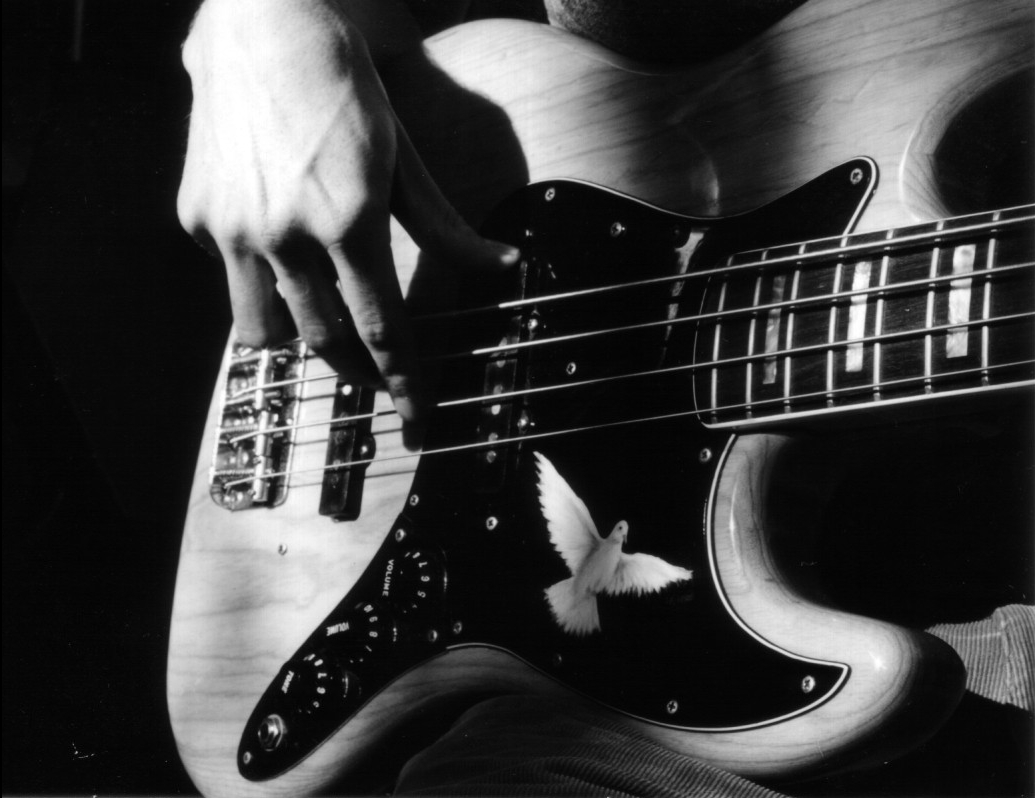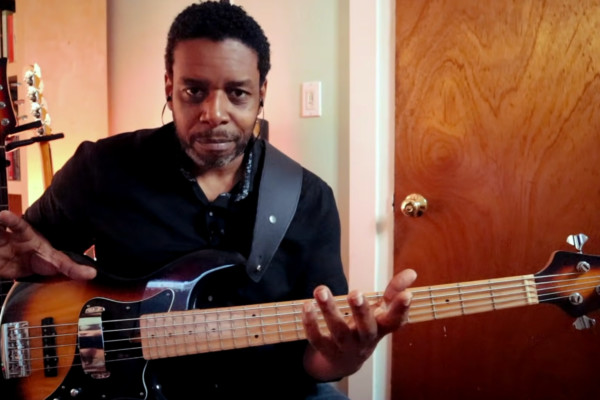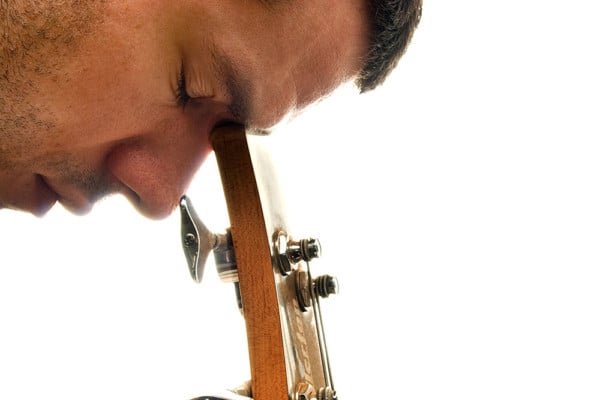The Lightbulb Moment: Take It Slow

To quote the famous Ferris Bueller, “Life moves pretty fast. If you don’t stop and look around once in a while, you could miss it.” This fictitious 1980’s teenager has dropped some pretty sage advice on us. Fast forward thirty years and it’s even more apparent that modern culture encourages and awards speed, efficiency, and convenience over development, thoroughness, and care. We fit too many activities into one day, drive over the speed limit, and eat meals as if someone will steal the food from our plates.
Unfortunately, the notion of “how you do anything is how you do everything,” can easily creep into our bass playing. We barrel through technique exercises, overlook details while learning parts, and favor technical ability over musicality. Although you may aspire to play super fast, there’s no substitute for allowing space here and there… both in the music we make and the lives we live. It takes patience and self-discipline to slow down, and in fact, it’s something that we all need to practice. As you do your best to carve out 15 minutes of practice time in your busy life, here are a few strategies that may help you take it slow and approach playing in a more mindful, methodic, and careful manner.
First things first: technique. There are a few ways to approach technical practice, though most of us tend to practice with the intention of playing faster. If you’re trying to develop greater speed and dexterity, always approach technique exercises with the help of a metronome. Begin practicing at a slower, “this is too easy for me” tempo. By starting slow and gradually increasing the speed by two to four BPMs, you will create muscle memory that will come in handy when you try to play the exercise faster. Think about it this way… you can play the exercise too quickly and continually make mistakes OR you can play the exercise slowly and correctly while gradually increasing the speed so that after twenty minutes, you can play the exercise perfectly at a higher tempo.
Playing slowly has an added bonus because it lets you focus on positioning, movement, and the quality of your notes. Draw your attention to how you’re playing—using the proper fingering, establishing good hand position, playing clear notes without excess noise, and keeping good time. These issues are often overlooked when playing at higher tempos because you begin to compete with the metronome. If you’re practicing for speed instead of accuracy, then take a minute to slow down.
Another approach to technique involves practice with the intention of playing slow. If you’re playing any kind of ballad—from a slow blues to a slow jam—you’re going to have to be patient, reserved, and attentive to note duration. If you happen to have a particularly speedy inner-clock, then you may have a tendency to rush the downbeats or play too many notes in an effort to not be bored. Patience is indeed a virtue, and there are two great ways to practice being patient on your instrument.
First, play along with ballads and begin to internalize slower feels. It’s usually easier to play slowly when you’re playing a song rather than an exercise—the musical context gives you something to support and you’ll be less likely to fill the space if you’re playing along with other instruments.
Second, practice with a metronome and instead of increasing the tempo, decrease it. Work on playing clear notes with the appropriate note duration so that you can maintain a good feel. In doing so, you’ll determine ways to subdivide the time for yourself. Whether you do it in your head or in a physical manner (tapping your foot, etc.), it’s easier to keep time by internally subdividing. As you decrease the tempo, it becomes more difficult to keep yourself in check, so it’s certainly worthy of practice time.
Aside from technical work, the ability to learn the material or transcribe a part is another oh-too-common casualty of playing too fast. While you may be eager to figure out a bass line, take a minute to simply listen. It’s a whole lot easier to determine what to play if you listen to the part before picking up your instrument. As soon as the bass is in your hands, you’ll want to make noise, falter in an attempt to find the right notes, and play over the part that you should be listening to. Stop and put the bass down. Listen, sing it to yourself, and then find it on the bass. If you’re stuck on a particular section, put the bass down and listen again. There’s really no need to rush the learning process, especially if you’re trying to learn something accurately.
At the end of the day, the real secret behind practicing is patience. It’s the ability to be a-okay with who you are as a player, as long as you’re trying to achieve something beyond your current level of skill. Getting there takes time, effort, and a lot of personal pep talks. So, the next time you pick up your instrument, take a bit of advice from the tortoise, Ferris Bueller, and John Legend—slow and steady wins the race, stop and look around so you don’t miss anything, and remember to take it slow.
Ryan Madora is a professional bass player, author, and educator living in Nashville, TN. In addition to touring and session work, she teaches private lessons and masterclasses to students of all levels. Visit her website to learn more!




Such great advice for bass playing and for life. I’ve known this but too often forget. Thanks.
Great topic and lesson. Just what I needed today. Thanks, Ryan!